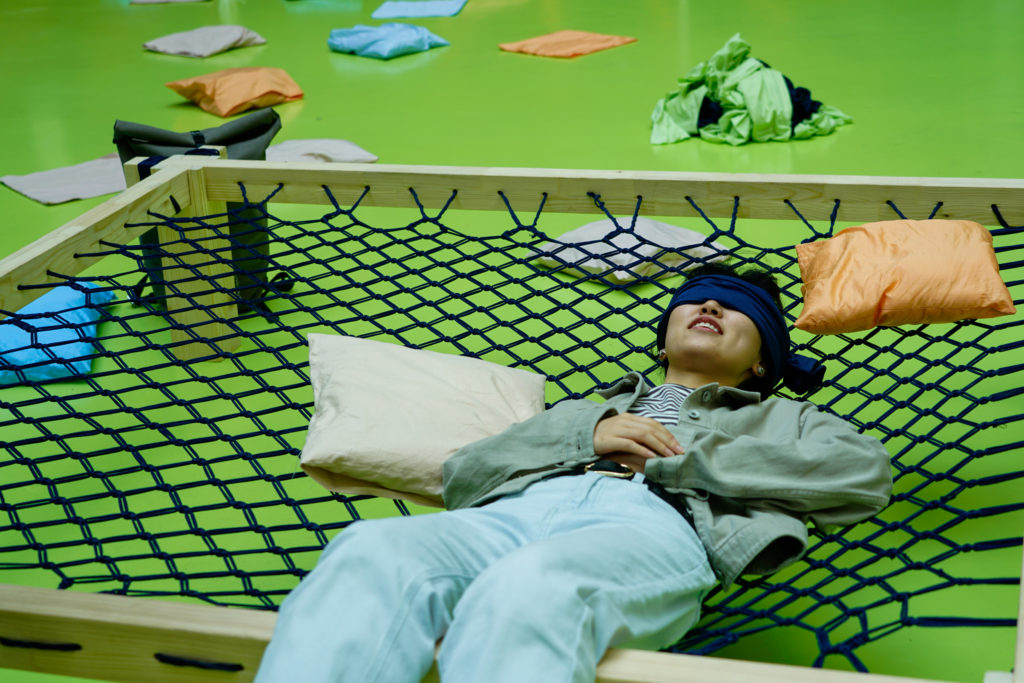
Informal learning as a studio practice
Seppe de Blust, Grégoire Farquet, Charlotte Schaeben
Higher Education is changing to a complex, interdisciplinary challenge requiring students and staff to rethink both learning methods and local physical learning environments. Worldwide, universities invest in pedagogical approaches to support students in their engagement with changing professional practices. Architecture is especially changing, from a competitive model based on individual authorship to a complex, interdisciplinary […]
Higher Education is changing to a complex, interdisciplinary challenge requiring students and staff to rethink both learning methods and local physical learning environments. Worldwide, universities invest in pedagogical approaches to support students in their engagement with changing professional practices. Architecture is especially changing, from a competitive model based on individual authorship to a complex, interdisciplinary endeavor. Studio teaching is a widespread format of architectural education. It enables a collective, experimental, project-based and hands-on approach, which makes it an ideal setting to experiment with the design of informal learning spaces.
In 2020, three chairs at the ETH Zürich, the Chair Architectural Behaviorology Prof. Momoyo Kaijima, the NEWROPE Chair of Architecture and Urban Transformation Prof. Freek Persyn and the Chair of Cognitive Science Prof. Christoph Hölscher with Beatrix Emo, joined forces to apply for an Innovedum grant, a fund offered by the rector of ETH, promoting innovative teaching approaches. The Informal Learning Studio‘s aim was to propose transformation strategies for three existing learning environments.
Each semester started with a phase of research where, blending individual interests, motivations and factual data, an environment was created that allowed for an intense exchange on the needs projected on each site, current practices of education and research, as well as the capacity of the students to actually change something. This proves to become a fundamental basis for the development of strategies in the following design phase, and to support the further exploration by actually testing 1:1 interventions on site. In order to present those interventions, prepared for the three different learning spaces to their respective stakeholders, the review moment of the studio was organized as a performative journey from site to site and across buildings of ETH. Rather than using words, the demonstration of the projects became a bodily experience of transformation, making the mock-ups tangible, i.e. performing them or letting them perform. The review situations as choreographed collective experience invited for sensing rather than describing or listening. Only those who experience the difference between the before and the after seem able to recognise the potential of change and the added value it creates. This added value appears on several levels, that go far beyond the spatial towards, social, structural or psychological benefits.
Over two semesters, the studio offered the possibility for students to become aware, question and transform their own learning environments and those of their peers through 1:1 – scaled spatial interventions. The second semester was able to build on the results and discoveries of the first. The knowledge acquired was passed on to the second semester students, allowing them to activate other transformation levers. In all cases, making tangible the possibilities of a more open for a variety of uses, flexible and creative learning space led directly to future oriented discussions. Working on learning spaces ultimately becomes a direct, practical and poetic mode of institution building that relates spatial transformation to questions about education formats themselves.
1. Informal Learning Spaces
Informal Learning Spaces are per definition spaces that support non-scheduled learning, independent study, working alongside, group study, networking, and socializing. They are often based on 5 Dimensions: non-didactic, highly socially collaborative, embedded in meaningful activities, initiated by learner’s interest, excluded from external evaluation.1
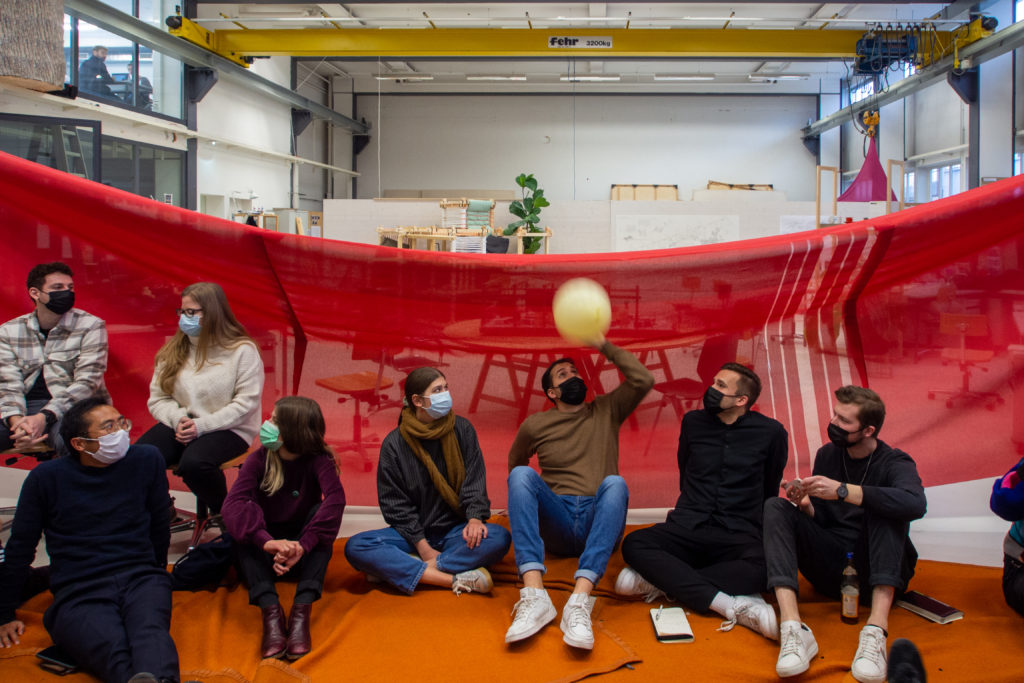
2. Safe Space
Safe Space is a term that originated in gay and lesbian communities in 1960s USA during the height of police crackdowns on queer spaces.2 It is at its core a place where members can exist and engage without fear. Most of the research on safe spaces in higher education has thus been far focused on interpersonal and cultural dynamics. However, spatial dimensions and our physical environment play an equally significant role for our wellbeing. Besides the theoretical approach of diversity, parity, and a respectful code of conduct, it is the design of physical spaces that must convey the sense of inclusion within higher education.
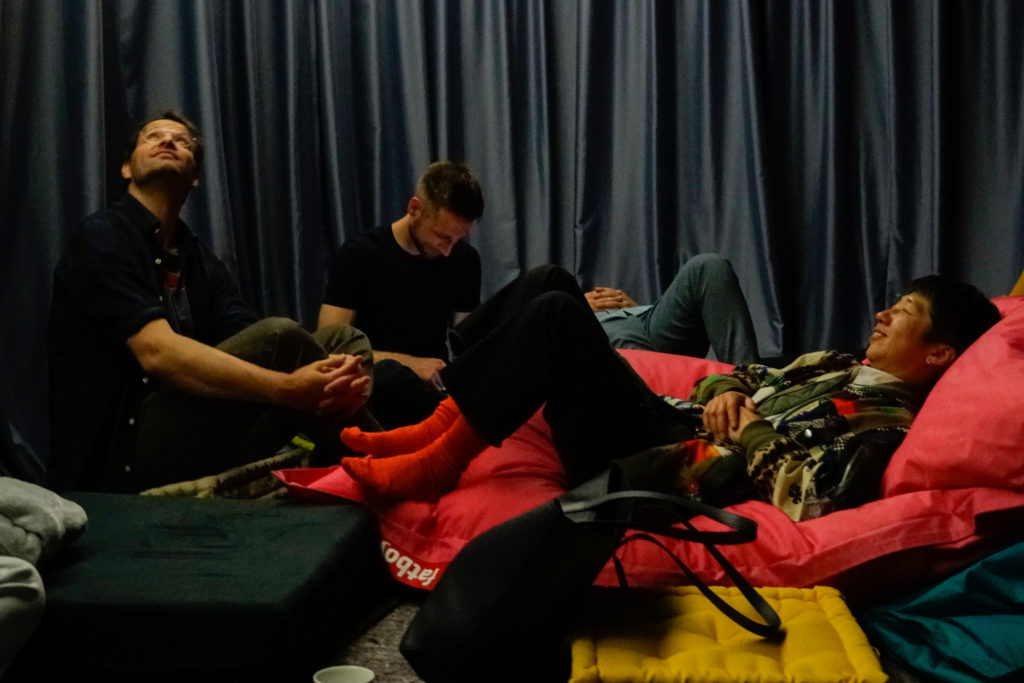
3. Wicked Problems
Already defined in planning theory in 1973, wicked problems, sometimes called real-world problems, are “social or cultural problems that are difficult or impossible to solve for as many as four reasons: incomplete or contradictory knowledge, the number of people and opinions involved, the large economic burden, and the interconnected nature of these problems with other problems. They can’t be ‘fixed’.”3 As soon as many stakeholders are involved, these kinds of problems apply to nearly any transformation process.
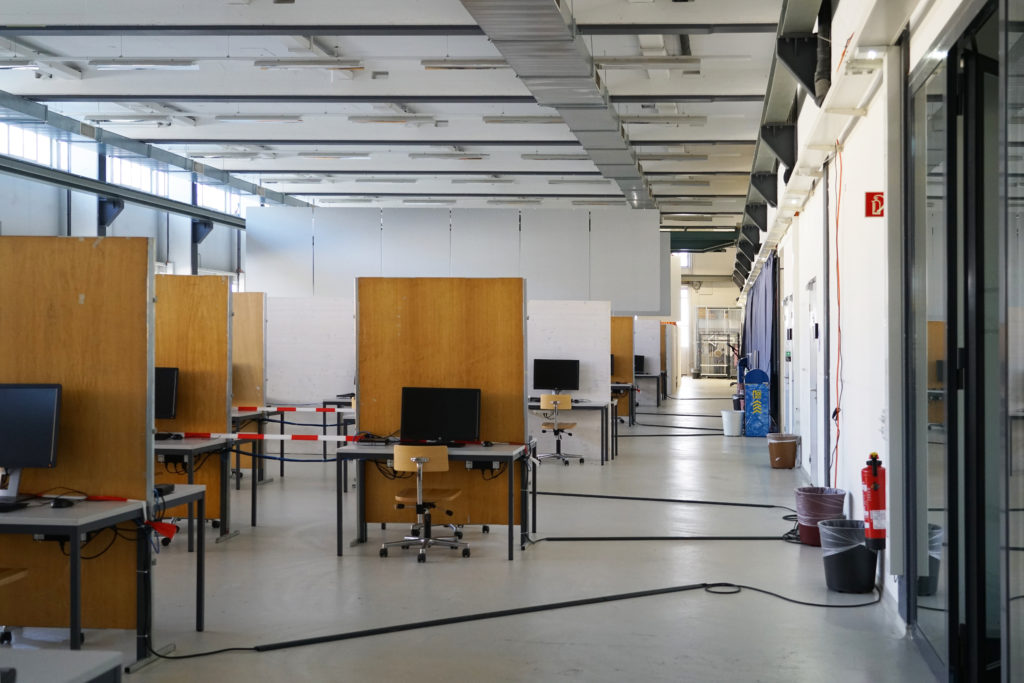
4. Reflexive Learning
To be reflexive means to recognise one’s personal role, position and experiences in shaping our surroundings. Different from reflective learning (more an inner consciousness about a personal learning curve), reflexive learning includes the awareness of your impact on others, the learning processes of others, and that we are
always shaping and shaped in relation to one another.4
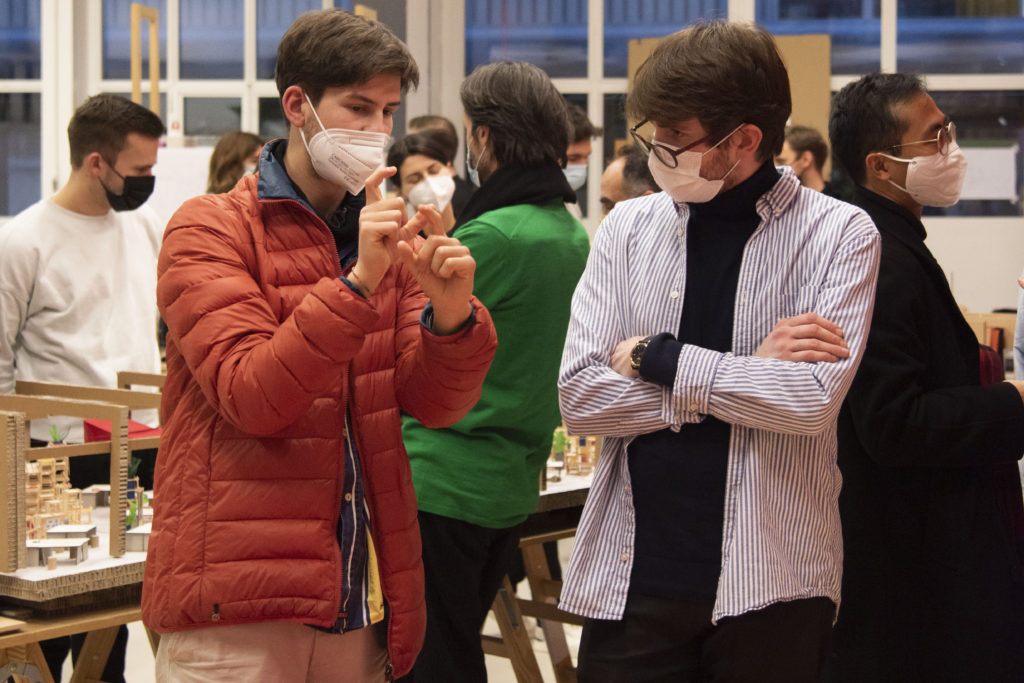
photo: Sepideh Farvardin
5. Embodied Experiences
French philosopher Maurice Merleau-Ponty once wrote that: “Rather than a mind and a body, a (wo)man is (…) a being who can only get to the truth of things because its body is, as it were, embedded in those things.”5 Especially learning environments, which should convey an openness to new things and enable students to see themselves as part of their social and physical environment, require stimulating spaces that appeal to all our human senses.
